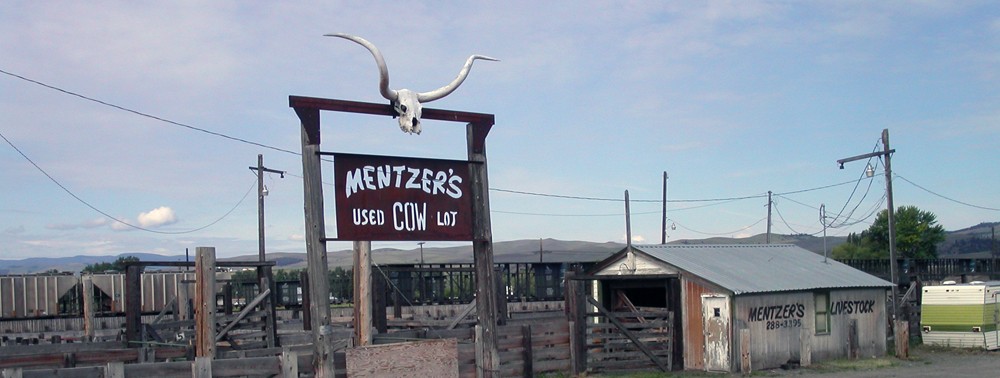Earlier this week I attended a Pittsburgh Historic Review Commission hearing to cover the proposed designation of a landmark gay bar, Donny’s Place, as a city historic site. One of the regulatory agenda items ahead of the designation case involved a property owner’s proposal to rework the facade of a building in the Mexican War Streets Historic District.

Located on the corner of Taylor Avenue and Wolfrum Way, the one-story commercial building has a long history. In the 1919, Angelo Lascher opened an auto repair shop there. Its facade with multiple garage doors reflected the business done inside. Lascher sold the property in 1966 to Sam Caruso, who owned a nearby beer distributor.

After moving into the former Lascher auto repair shop, Caruso followed a familiar and historically significant pattern in Pennsylvania by converting a garage into a beer distributorship. There are several notable Pittsburgh examples, including the former Tito brothers bootlegging site that became the first place where Rolling Rock beer was sold in the 1930s.

Sam Caruso’s heirs closed the beer distributorship in 2021 and the current owner bought the property in 2024. John Francona, who represented the LLC that bought the property, told the HRC:
It’s kind of been an eyesore since I moved in the neighborhood 26 years ago, but it was a beer distributor so everyone liked it. I’m not exactly sure what it was built as. It could have been built as garages, but it’s a lot of garages for a single-family house. So, it may have been retail. I’m not sure when it became the beer distributor but it’s been there for a long time.
Pittsburgh historic preservation planner Sarah Quinn didn’t have much to offer in the way of the building’s history or the potential impacts posed by the proposed facade work. “The scope of work is restoration of [a] commercial façade along North Taylor Avenue,” Quinn told commissioners. “Staff comments are the proposal is very appropriate and will bring [the] storefront into accordance with the guidelines. Recommended motion is approval.”
The HRC unanimously approved the project.
It doesn’t take a Ph.D. in history or architectural history to uncover the former beer distributorship’s history and architectural significance. All it would have required is a little bit of curiosity and research.
©2025 D.S. Rotenstein













